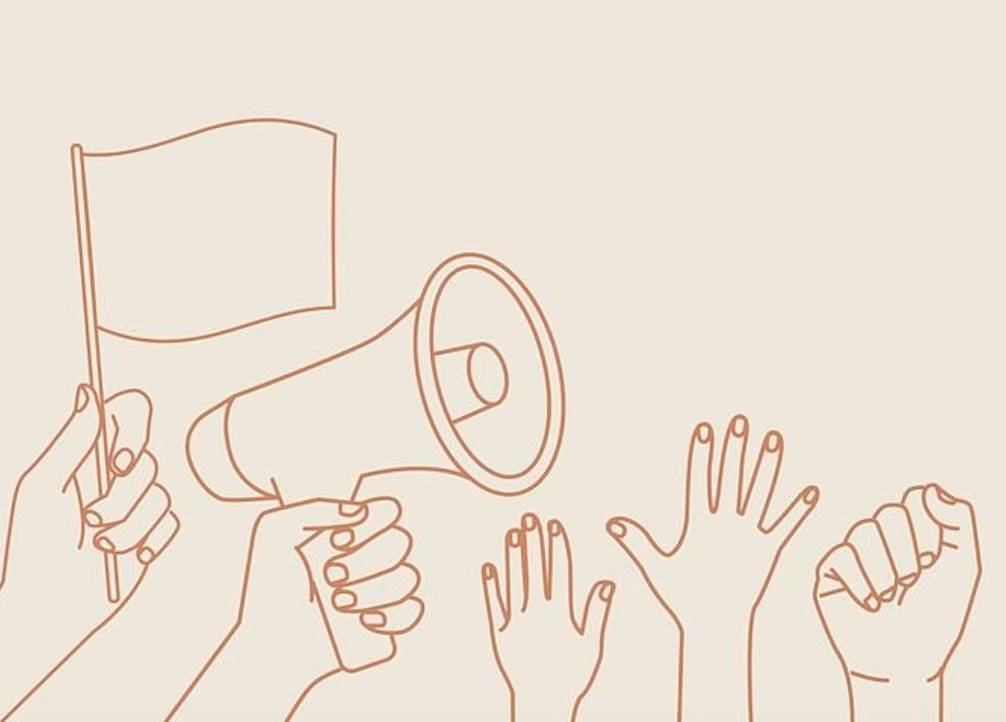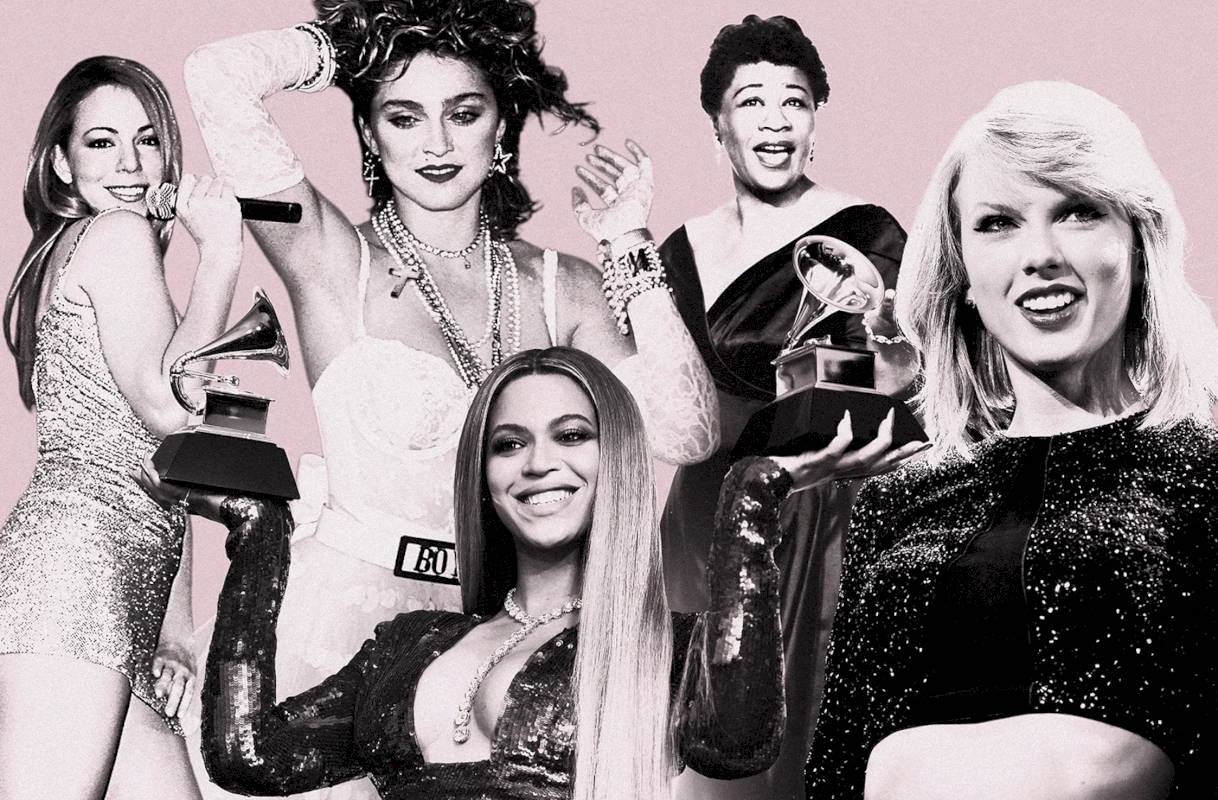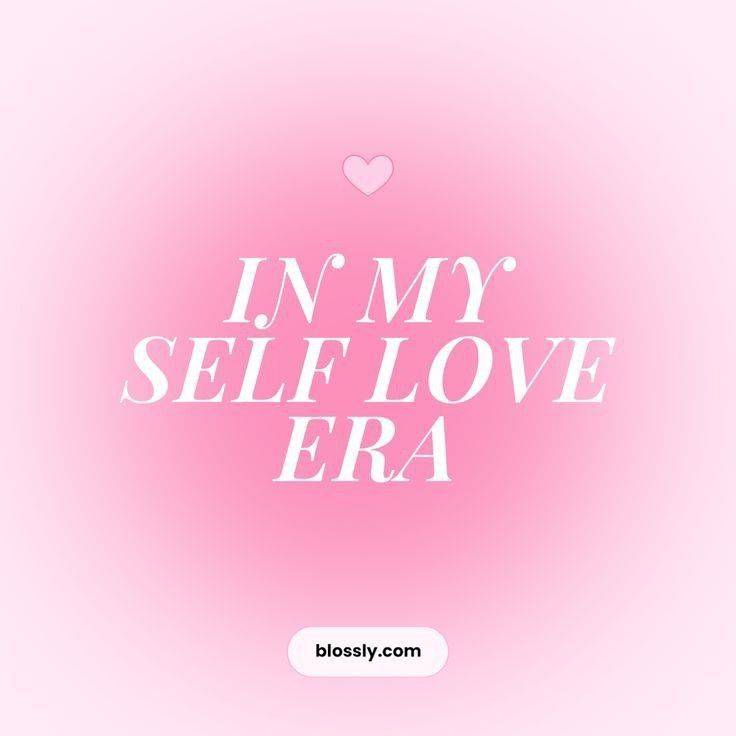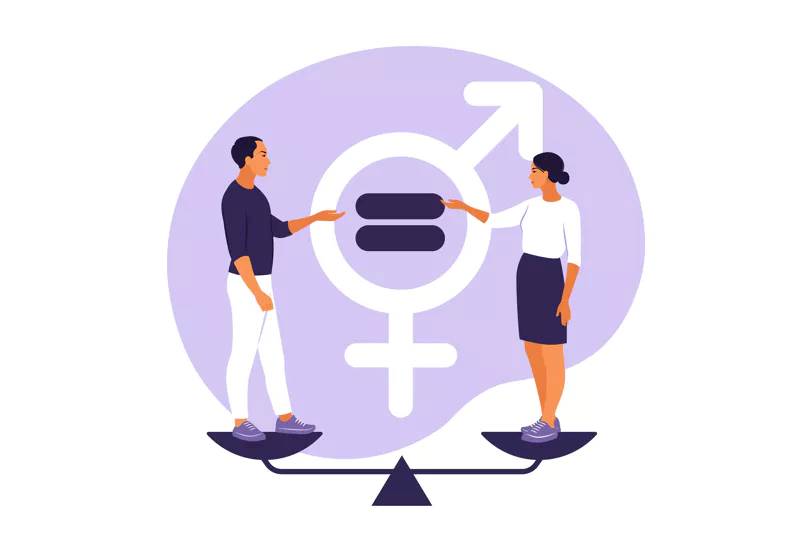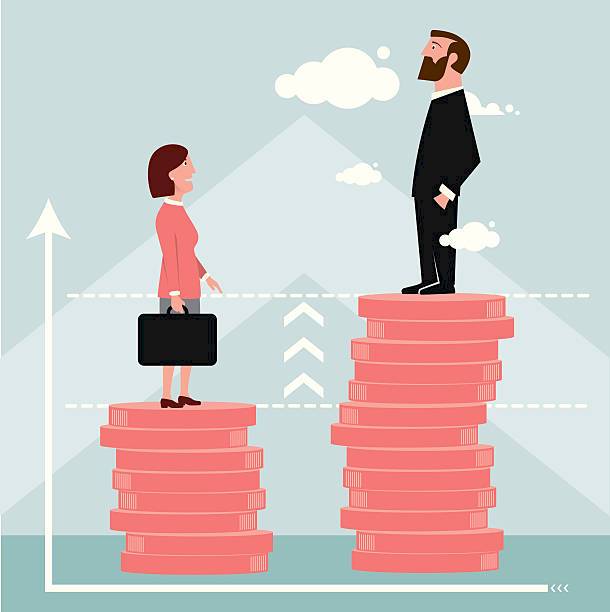
THE IRONY OF OCCUPATIONAL GENDER SEGREGATION
The Irony of Occupational Gender Segregation
Occupational segregation means people of different races and genders are unevenly represented in various kinds of jobs, which have very different wages, benefits, and working conditions. Inequality in job quality, working conditions, and wages between male and female predominating jobs is clearly seen globally. According to the report of the United Nations (UN) High-Level Panel on Women’s Economic Empowerment, 700 million fewer women than men of working age were in paid employment in 2016, and even when women are paid, they tend to work in jobs with relatively low earnings, poor working conditions, and limited career prospects (UN 2016). It is astonishing that in the world we live in nowadays, and after the fight, we have been carrying for years, these situations continue to exist. They have terrible implications and consequences that continue to deepen the cycle of gender inequality and poverty, a topic the article will delve into further on. What the world needs to understand is that their effects are not only harming women anymore but the entire population.
Occupational segregation is a very strong cause of the gender wage gap. Women generally occupy jobs with lower wages than men. If you’re a woman in a high-paying job – primarily in STEM fields – you’re among a small crowd, making up just 30% of workers in the 20 highest-paying jobs. But if you work in child care, housekeeping, or at a restaurant, you’re among the women who make up more than 60% of workers in the 20 lowest-paying jobs. Therefore, the average wage per female is much less compared to the average wage for men. When looking at the 10 most common jobs for women, vs. the 10 most common jobs for men – women are paid $48,500 per year, while men are paid $56,500 per year. If the 12 million women working full time, year-round in those occupations were paid the average wages made by men in their most common occupations they would take home an additional $96 billion in wages in just one year. Therefore, the prejudices in the workforce directly lead to gender economic inequality.
Occupational segregation affects the living conditions of women. Due to economic inequality, women are less likely to have access to essential services like education and health care. This situation is very alarming. These are necessities that everyone should have easy and equal access to. Lack of education worsens the situation even more, as it limits future opportunities and success. This therefore results in employment precarity for women. The desperation to get a job due to the few opportunities there are leads to women accepting any job that they find, despite the conditions and regardless of low wages, which continues to intensify the never-ending cycle of occupational segregation and wage gap.
This situation takes place both in developed and undeveloped countries due to the modern economic transition. The growth of precarious employment in industrialized countries is connected to the global operation of neoliberal policies. With the priority of increasing production by multinational businesses, there are pressures to weaken OHS and other employment standards internationally. Neoliberalism is also expanding precarious employment in developing countries as companies reinforce the patterns of economic domination or economic colonialism that have grown in the 20th century. Therefore, an increasing proportion of workers in both developed and developing countries are experiencing an insecure, pressured, disorganized, and unhealthy working environment.
The most curious and surprising effect of all is the economic implications it has globally. Countries with higher levels of gender equality tend to have higher income levels, and evidence from several regions and countries shows closing the gap leads to a reduction in poverty. Women in developing countries lose out on an estimated $9 trillion in economic opportunity each year due to gender-based imbalances in the economy. This money would not only provide new sources of income for women and their families, but would also benefit the entire economy.
But why is this ironic? Generations of sexist laws, policies, and practices have pushed women out of higher-paying jobs, and allowed the work that they do to be underpaid and undervalued. Their prejudices have had a counter effect on the global economy. According to numerous studies, gender equality leads to greater economic growth. According to the OECD, investment in women boosts economic development, competitiveness, job creation, and GDP. They estimate that on average, across the OECD, a 50% reduction in the gender gap in labor force participation would lead to an additional gain in GDP of about 6% by 2030, with a further 6% gain (12% in total) if complete convergence occurred. Without inequality, women can participate in economic life more visibly and are more likely to invest their resources in education and the health of their children, building human capital to fuel future growth. Gender equality has an enormous potential that our economies should not afford to ignore anymore.
How can this situation change?
Firstly, countries with a larger number of women as ministers or in parliament tend to have lower levels of inequality, more confidence in government, and higher spending on health. More women decision-makers and influencers in our public sectors mean a more balanced perspective in designing and implementing new rules and laws and a more inclusive approach to policymaking and service delivery. We must address the importance of role models and leadership roles in inspiring and empowering other women.
Moreover, governments and companies must incorporate policies that improve working conditions. They should ensure that women are equitably represented in high-paying jobs and fight pay inequities and other forms of discrimination and harassment in the workplace. We can greatly see this in TV jobs, where protagonist roles are mostly occupied by men, and women are generally portrayed as victims or “damsels in distress”.
Wages should be raised and the quality of all jobs should be improved, especially those in which women are overrepresented, such as caregiving, teaching, administrative roles, or even occupations with more precarious conditions. We should all start taking action towards equality in the workplace, such as incorporating employee training sessions to improve collaboration and communication. Transmitting the message and trying to shift mindsets into more inclusive atmospheres can also make a huge impact. This issue affects everyone and we should all start to address it with the seriousness it deserves to reach a more equitable world as soon as possible.
Bibliography:
- “Women and poverty.” UN Women, https://www.unwomen.org/en/news/in-focus/end-violence-against-women/2014/poverty.
- Mason, Jessica, and Katherine Gallagher Robbins. “Women's Work Is Undervalued, and It's Costing Us Billions.” National Partnership for Women & Families, 6 March 2023, https://nationalpartnership.org/wp-content/uploads/2023/04/womens-work-is-undervalued.pdf.
- Mason, Jessica, and Gail Zuagar. “Occupational segregation – a legacy of racism, sexism and ableism – is a major contributor to the wage gap.” National Partnership for Women & Families, 14 March 2023, https://nationalpartnership.org/occupational-segregation-a-legacy-of-racism-sexism-and-ableism-is-a-major-contributor-to-the-wage-gap/. Accessed 24 March 2024.
- “Why the majority of the world's poor are women | Oxfam International.” Oxfam America, https://www.oxfam.org/en/why-majority-worlds-poor-are-women.
- “Beijing +5 - Women 2000: Gender Equality, Development and Peace for the 21st Century Twenty-third special session of the General Assembly, 5-9 June 2000.” Beijing +5 - Women 2000: Gender Equality, Development and Peace for the 21st Century Twenty-third special session of the General Assembly, 5-9 June 2000, https://www.un.org/womenwatch/daw/followup/session/presskit/fs1.htm.
- “Why a push for gender equality makes sound economic sense.” OECD, https://www.oecd.org/social/push-gender-equality-economic-sense.htm.
- Bertay, Ata Can, et al. “Gender Inequality and Economic Growth: Evidence from Industry-Level Data.” IMF Working Papers, vol. 20, no. 119, July 2020, p. 3,4. International Monetary Fund.
- Quinlan, Michael, et al. “THE GLOBAL EXPANSION OF PRECARIOUS EMPLOYMENT, WORK DISORGANIZATION, AND CONSEQUENCES FOR OCCUPATIONAL HEALTH: PLACING THE DEBATE IN A COMPARATIVE HISTORICAL CONTEXT.” International Journal of Health Services, vol. 31, no. 3, 2001, p. 31. Sage Publications, Inc, https://www.jstor.org/stable/45132204.
Check out some of our other articles here!

